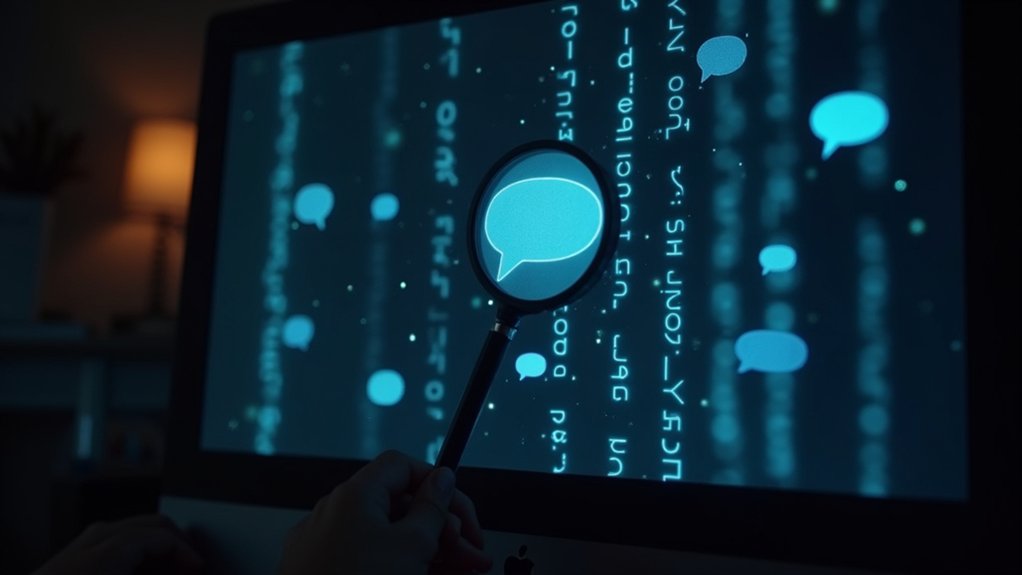Countless remote teams are bracing for significant changes to their virtual collaboration practices as Microsoft prepares to launch a controversial new screenshot prevention feature for Teams in July 2025. The feature, designed to block unauthorized screen captures during meetings, represents a direct response to mounting concerns over confidential information leaks in virtual environments.
The implementation will render meeting windows completely black when users attempt to capture screens, with the technology extending across Windows, Mac, iOS, and Android platforms. For increased security, unsupported platforms default to audio-only participation when joining meetings. Organizations utilizing platforms without screen capture blocking capabilities will automatically default to audio-only participation, ensuring sensitive content remains protected during maintaining collaborative functionality.
Microsoft’s improved security measures arrive amid a surge in data sharing across digital platforms, with IT administrators gaining unprecedented oversight through detailed audit logs. Similar to Smart Firewall monitoring, the Teams Admin Center provides thorough tracking of screen sharing activities, including participant names and timestamps, as well as allowing organizations to configure policies through Microsoft 365 settings and compliance tools. The Teams Admin Center will provide thorough tracking of screen sharing activities, including participant names and timestamps, as well as allowing organizations to configure policies through Microsoft 365 settings and compliance tools. The new measures will help organizations maintain HIPAA and GDPR compliance while conducting virtual meetings.
IT administrators now wield enhanced control over Teams security through comprehensive audit logs and granular policy management capabilities.
The feature’s rollout encompasses multiple phases, beginning with Windows compatibility before expanding to other operating systems. Even though Microsoft acknowledges the technology cannot prevent all security threats, such as external photography, the system-level APIs and device policies represent a significant advancement in virtual meeting security protocols.
User experience modifications include standard notification systems alerting participants when the feature is active, as well as maintaining vital functionality like Microsoft Teams’ built-in recording capabilities under policy controls. Participants with Microsoft Copilot subscriptions will retain their ability to condense files in chats, and meeting organizers can continue managing file-sharing permissions independently of screen capture restrictions.
The initiative reflects a broader industry shift toward better data privacy in virtual collaboration environments. As remote work continues to dominate professional interactions, organizations must balance accessibility with security concerns. The feature’s optional implementation allows companies to customize protection levels based on meeting sensitivity and organizational requirements, marking a key evolution in digital workplace security standards.









